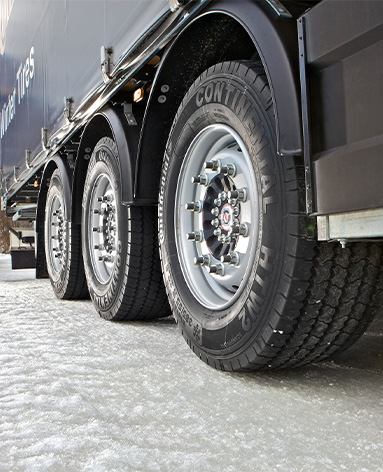Oct . 10, 2024 16:01 Back to list
do brake drums cool quickly
Do Brake Drums Cool Quickly?
Brake drums are essential components of a vehicle’s braking system, particularly in older designs and certain heavy-duty applications. Understanding how these brake drums manage heat dissipation can provide valuable insights into vehicle performance and safety. Many drivers often wonder whether brake drums cool quickly or if they retain heat longer than other brake components like disc brakes.
To comprehend how brake drums cool down, it's crucial to first understand their operation. When a driver applies the brakes, friction is generated between the brake shoes and the inner surface of the drum. This friction converts kinetic energy into thermal energy, which raises the temperature of the brake drum significantly. In heavy braking situations, where prolonged force is exerted, brake drums can reach extremely high temperatures, which can lead to brake fade—a loss of braking efficiency due to overheating.
Do Brake Drums Cool Quickly?
The cooling process of brake drums also depends significantly on the vehicle’s environment. When a vehicle is in motion, air flows around the brake components, aiding in cooling. Conversely, when a vehicle is stationary, especially in hot weather or stop-and-go traffic, brake drums can radiate heat slowly and maintain elevated temperatures. On average, a brake drum may take anywhere from several minutes to over an hour to cool down fully, depending on these variables.
do brake drums cool quickly

Moreover, the type of driving also influences brake drum cooling rates. For instance, stop-and-go urban driving generates more frequent heat buildup compared to highway driving, where braking is more sporadic and road speed is relatively constant. Heavy loads and steep inclines can exacerbate this problem, leading to overheating and prolonged cooling times.
Another aspect to consider is the potential for thermal shock. Rapid cooling can occur if a hot brake drum is exposed to cold conditions, such as driving through puddles or heavy rain. This sudden change can cause warping or cracking due to the thermal stress exerted on the material. To mitigate such risks, it is advisable to allow the brakes to cool gradually when possible.
Regular maintenance also plays a vital role in the efficiency of brake drum cooling. Ensuring that brake drums are correctly aligned, adjusted, and free of debris can aid in optimal heat dissipation. Drivers are encouraged to inspect their braking system periodically and replace worn components before they lead to performance issues.
In conclusion, while brake drums do cool down, the rate at which they lose heat relative to other braking components can be slower due to their design and material properties. Understanding these dynamics is essential for ensuring vehicle safety and performance, as overheating can lead to significant braking issues. Drivers should remain mindful of their braking habits and vehicle maintenance to maintain optimal brake drum performance and avoid any overheating-related complications. By prioritizing care and knowledge of braking systems, one can ensure a safer driving experience while effectively managing the heat generated during the braking process.
-
Scania Brake Drums: OEM Quality for Optimal Safety & Durability
NewsAug.16,2025
-
R.V.I: Advanced Remote Visual Inspection for Precision
NewsAug.15,2025
-
Discover HYUNDA: Innovative Vehicles, Equipment & Solutions
NewsAug.14,2025
-
R.V.I: Unlock Advanced Insights & Real-time Performance
NewsAug.13,2025
-
Kamaz Brake Drum: Durable & Reliable for Heavy Duty Trucks
NewsAug.12,2025
-
Heavy Duty Iveco Brake Drum - Premium Quality & Safety
NewsAug.11,2025
